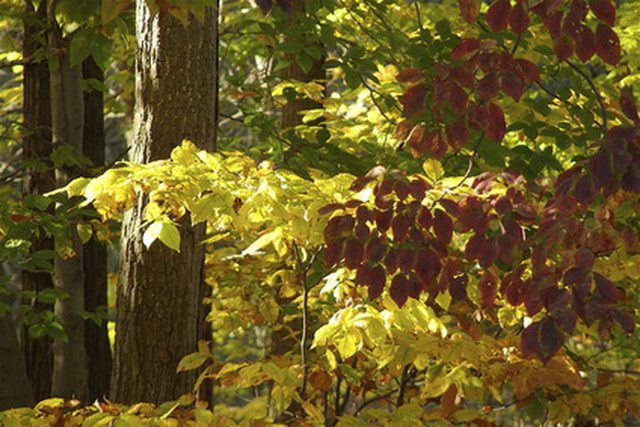Bulbs
Flower Basics
Flower Beds & Specialty Gardens
Flower Garden
Garden Furniture
Garden Gnomes
Garden Seeds
Garden Sheds
Garden Statues
Garden Tools & Supplies
Gardening Basics
Green & Organic
Groundcovers & Vines
Growing Annuals
Growing Basil
Growing Beans
Growing Berries
Growing Blueberries
Growing Cactus
Growing Corn
Growing Cotton
Growing Edibles
Growing Flowers
Growing Garlic
Growing Grapes
Growing Grass
Growing Herbs
Growing Jasmine
Growing Mint
Growing Mushrooms
Orchids
Growing Peanuts
Growing Perennials
Growing Plants
Growing Rosemary
Growing Roses
Growing Strawberries
Growing Sunflowers
Growing Thyme
Growing Tomatoes
Growing Tulips
Growing Vegetables
Herb Basics
Herb Garden
Indoor Growing
Landscaping Basics
Landscaping Patios
Landscaping Plants
Landscaping Shrubs
Landscaping Trees
Landscaping Walks & Pathways
Lawn Basics
Lawn Maintenance
Lawn Mowers
Lawn Ornaments
Lawn Planting
Lawn Tools
Outdoor Growing
Overall Landscape Planning
Pests, Weeds & Problems
Plant Basics
Rock Garden
Rose Garden
Shrubs
Soil
Specialty Gardens
Trees
Vegetable Garden
Yard Maintenance
How to Build Your Own Garden Shredder
How to Build Your Own Garden Shredder. Composting autumn leaves and end-of-the-year garden debris is a productive way to recycle nature. Your soil receives the benefits of more organic matter and your garbage is spared from the landfills. Given enough time, leaves will eventually compost, but shredding them can speed up the process and make the...

Composting autumn leaves and end-of-the-year garden debris is a productive way to recycle nature. Your soil receives the benefits of more organic matter and your garbage is spared from the landfills. Given enough time, leaves will eventually compost, but shredding them can speed up the process and make the compost available much sooner.
Dedicated shredders are available, but with a few minutes of your time and some common garden equipment, you can build a quick and easy device for shredding leaves.
Things You'll Need
32- to 44-gallon garbage can
String trimmer with extra-heavy-duty string
Ear and eye protection
Fill the garbage can with debris and dry leaves. Keep the material loosely packed.
Place the unpowered string trimmer just under the top of the leaves. Turn on the trimmer and move it back and forth across the can, ensuring that it does not rise above the top layer of leaves. The chopping action should begin immediately.
Move the trimmer downward about six inches after the top layer of leaves begins to show visible signs of shredding. Continue moving back and forth.
Keep moving the trimmer further downward into the can as the leaves shred. Mix up the motion by raising the trimmer up and down occasionally. If the downward movement becomes too difficult, the can is packed too full. Remove some of the material and try again.
Continue the trimmer motion when you reach the bottom of the can, but change the pattern to up-and-down mixed with side-to-side. Stop when the material in the can is sufficiently shredded. You can sift the material with a rake to collect the large pieces for re-shredding.
Tips & Warnings
Know your string trimmer's capacity. Tackle only those sticks or material that it can safely chop.
Protect your hearing and eyesight when using a trimmer.
Experience will soon help you judge what amount of material can be placed into the can.
Starting the trimmer and lowering it into the leaves, or leaving it running while raising it above the leaves, can eject material into the air at a very high speed. This is very dangerous to anyone in the vicinity.